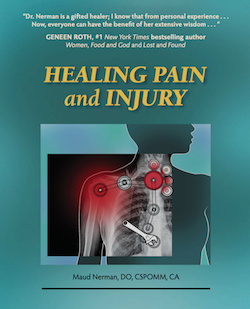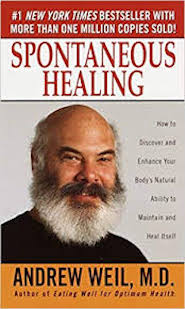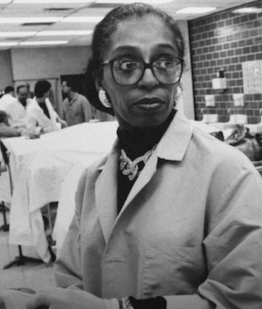“To find health should be the object of the doctor. Anyone can find disease.” ~ Andrew Taylor Still, MD, Founder of Osteopathic Medicine
WHY OSTEOPATHY?
OSTEOPATHIC MEDICINE IS A COMPLETE PHILOSOPHY OF HEALING
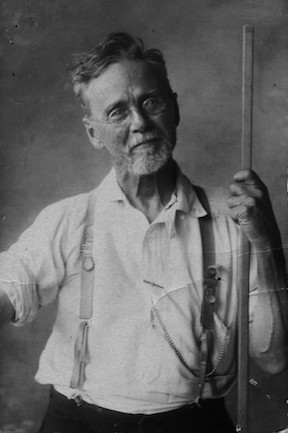
Andrew Taylor Still, MD
Osteopathic medicine was developed by Andrew Taylor Still, MD, a Civil War physician appalled by the medical practices of his time. He sought to find a practice that healed the patient by harnessing the body’s own powerful healing and self-correcting powers. It is believed that he studied with Native American healers, and he most certainly immersed himself in the study of human anatomy. From this country doctor’s brilliance and insight, he created a system of medicine based on anatomy, physiology, and the intricate interconnections of the body’s fluid, fascial, neurological, and musculo-skeletal systems. Dr. Still taught that the patient is a whole human organism, not as a collection of diseases or symptoms to be dissected and drugged piece by piece. He profoundly understood that the body’s structure and function are intimately related and that to heal, a person must heal structure in order for function to improve.
Since the time of Dr. Still, Osteopathic physicians have expanded his core principles and developed powerful manual techniques to treat everything from traumatic brain injury to digestive disorders. We take pride that each generation of osteopathic physicians pass on their knowledge to the next generation, assuring that the great discoveries of the past are not lost in a rush to adopt the latest shiny new thing in medicine. I am proud to have studied with some of the greatest Osteopaths of the age, including Anne Wales, Robert Fulford, Herb Miller, and Rebecca and Howard Lippincott. I have taken what I have learned and brought it forward, refining and improving their approaches and passing my knowledge on to the next generation of Osteopathic physicians.
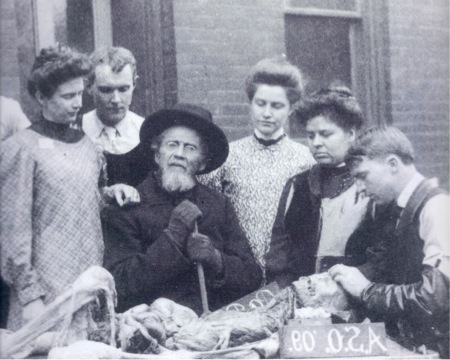
OSTEOPATHY: A UNIQUELY AMERICAN FORM OF MEDICINE
Osteopathic medicine is a uniquely American form of medicine. It is practical, sensible, and grounded in a profound knowledge of human anatomy. The number of osteopathic physicians and medical students continue to grow, with over a quarter of all medical students in the United States now studying in osteopathic medical schools.
Osteopathic physicians are trained with a traditional four-year medical school curriculum and, like our MD colleagues, we complete our training in clinics and hospital residencies. But here is a critical difference: though osteopathic physicians pay attention to disease and trauma, we focus on assisting the body’s amazing self-healing ability. As Andrew Taylor Still, MD, told his students, “To find health should be the object of the doctor. Anyone can find disease.”
To underscore the importance of the musculoskeletal and neurological systems in health, osteopathic medical students spend approximately five hundred additional hours in anatomy, kinesiology (mechanics of bodily motion), and manual medicine so that they can repair structure and function with their hands and design a more complete healing protocol. After medical school we osteopathic physicians go on to specialize in our chosen fields as cardiac surgeons, internists, neurologists, manual medicine specialists or any of the other branches of medicine.
Before I knew anything about osteopathic medicine, I had figured out that to keep my lungs happily able to absorb air, my ribs had to move freely. By swimming regularly I kept my chest flexible. When I discovered the power of osteopathic manual medicine, I found that a good treatment from an osteopathic physician also freed up my ribs and improved my breathing. Since I love working with my hands and have directly experienced osteopathic manual medicine’s remarkable healing power, I chose to specialize in that aspect of osteopathic medicine.
Many people know that osteopathic manual medicine can help back pain and other structural problems. Few realize that manual medicine is a complex healing modality that can work directly with the pulsations of the nervous system and the brain to treat brain injury and many neurological problems.
Manual medicine can lower blood pressure, enhance the complex fluid dynamics of the body, reduce inflammation, and improve immune function. Manual medicine can cure conditions like esophageal reflux, bronchitis, colic in infants, constipation, and migraine headaches, and can accelerate healing from surgery and from such problems as brain injury, heart arrhythmias, ulcers, and asthma. Osteopathic care is especially effective after injury compromises health, because osteopathic physicians understand the dynamics of trauma and pay attention to five critical parts of the body that are often overlooked. Time after time I’ve found that by addressing hidden injuries I can help restore people to health, even if they come in for a seemingly unrelated medical problem.
I love that osteopathic medicine has such a complete and comprehensive view of health and healing that it often makes seemingly untreatable problems dissolve. But the greatest power of osteopathic medicine is its recognition of the body’s great natural healing power.
LEARN MORE ABOUT OSTEOPATHY
In 2014, after many years of reflecting on the wisdom of my teachers and my own experience as a practicing osteopath, I published my book, Healing Pain and Injury. My goal was and is to share the healing miracles that I have learned are possible in my thirty- seven years of practice. Most importantly, I wrote Healing Pain and Injury to explain to people how to heal many kinds of suffering.
In Spontaneous Healing, Dr. Andrew Weil, M.D. relates that after he had traveled the world in search of natural healing modalities , he discovered such a healer in his own backyard: Dr. Robert Fulford, DO, one of the greats of osteopathic medicine.
Women and people of color have always been part of the Osteopathic profession. Learn more about this amazing history in the PBS Special, “The Feminine Touch”.
